
Copernical Team
NASA launches new Framework for Procurement Ideas, Solutions
 NASA is now seeking procurement ideas and solutions to encourage innovation from diverse perspectives, improve reach, reduce barriers, and ultimately meet and exceed agency goals. The NASA Acquisition Innovation Launchpad (NAIL), managed by the agency's Office of Procurement, is now online, and submissions of inquiries and ideas will be accepted on a rolling basis.
"This new framework is a
NASA is now seeking procurement ideas and solutions to encourage innovation from diverse perspectives, improve reach, reduce barriers, and ultimately meet and exceed agency goals. The NASA Acquisition Innovation Launchpad (NAIL), managed by the agency's Office of Procurement, is now online, and submissions of inquiries and ideas will be accepted on a rolling basis.
"This new framework is a NASA awards Mars mission launch to Blue Origin
 NASA has commissioned private space launch company Blue Origin, to launch a mission to study the magnetosphere of Mars.
The Escape and Plasma Acceleration and Dynamics Explorers mission, known as ESCAPADE, is planned to launch in late 2024 on Blue Origin's New Glenn rocket.
Blue Origin is among 13 companies selected for contracts under NASA's Venture-Class Acquisition of Dedicate
NASA has commissioned private space launch company Blue Origin, to launch a mission to study the magnetosphere of Mars.
The Escape and Plasma Acceleration and Dynamics Explorers mission, known as ESCAPADE, is planned to launch in late 2024 on Blue Origin's New Glenn rocket.
Blue Origin is among 13 companies selected for contracts under NASA's Venture-Class Acquisition of Dedicate Europe shoots for the moon with role in NASA program
 European astronauts could walk on the Moon for the first time in the coming years, in exchange for the continent taking on a key role in an ambitious NASA space programme.
The US space agency's Artemis programme aims to return humans to the Moon for the first time since the historic Apollo missions, which ended in 1972.
For the first time, the European Space Agency (ESA) and European aer
European astronauts could walk on the Moon for the first time in the coming years, in exchange for the continent taking on a key role in an ambitious NASA space programme.
The US space agency's Artemis programme aims to return humans to the Moon for the first time since the historic Apollo missions, which ended in 1972.
For the first time, the European Space Agency (ESA) and European aer Russian spacecraft leaks coolant, station crew reported safe
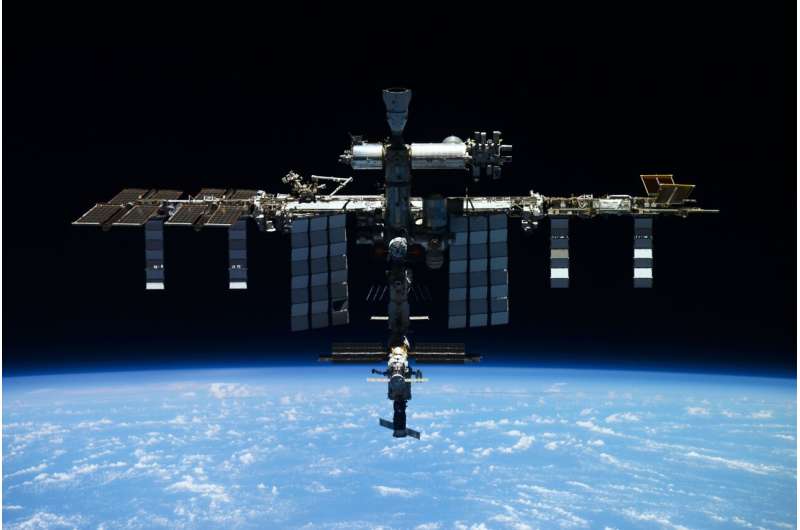
An uncrewed Russian supply ship docked at the International Space Station has leaked coolant, the Russian space corporation and NASA reported Saturday, saying the incident doesn't pose any danger to the station's crew.
Juice's odyssey of exploration: Jupiter's icy moons
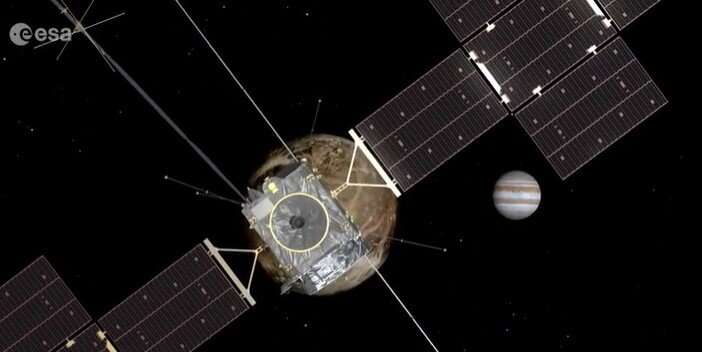
A grand odyssey of exploration is about to begin. Humankind's next bold mission to the outer solar system, ESA's Jupiter Icy Moons Explorer, Juice, is poised to explore giant planet Jupiter and its largest moons. These intriguing worlds have piqued our curiosity ever since Galileo first raised his telescope to the planet and discovered its four largest moons: Io, Europa, Ganymede and Callisto, three of which are thought to harbor underground oceans.
Early space probes visiting the Jovian system have raised more questions than answers. But thanks to Juice, many of those answers are now within reach. ESA is launching the spacecraft in April 2023 on an eight-year journey to the distant planet.
To uncover the hidden secrets of these mysterious worlds, Juice is equipped with the most powerful science instruments ever sent to the outer solar system. The spacecraft will face many dangers along the way: radiation, extreme temperatures, and the vast gravitational pull of Jupiter, all while operating hundreds of millions of kilometers from Earth. But in the safe hands of ESA's operators to guide it safely through these challenges, the dangers will be worth it for the science that Juice is destined to uncover.
Europe shoots for the moon with role in NASA programme
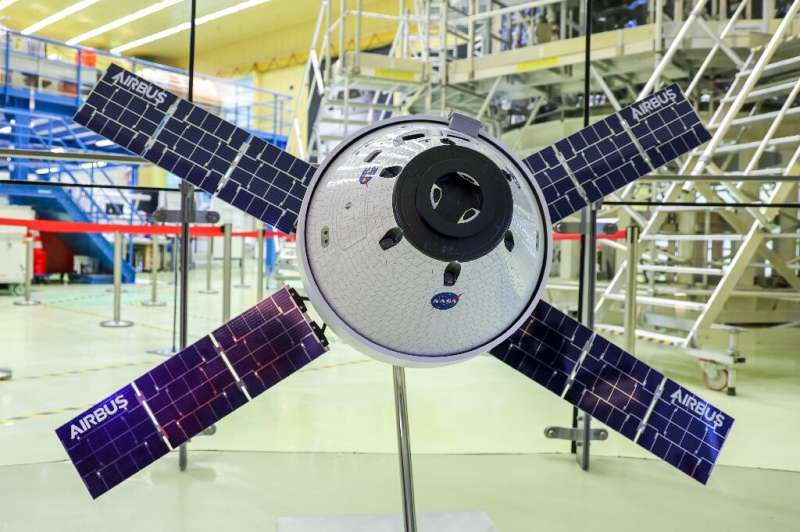
European astronauts could walk on the Moon for the first time in the coming years, in exchange for the continent taking on a key role in an ambitious NASA space programme.
The US space agency's Artemis programme aims to return humans to the Moon for the first time since the historic Apollo missions, which ended in 1972.
For the first time, the European Space Agency (ESA) and European aerospace giant Airbus have been entrusted with supplying vital "service modules" (ESMs) for NASA's Orion spacecraft.
In exchange, Europe has three guaranteed seats on the mission's flights, probably from 2027, although discussions are ongoing to try to get earlier spots.
The role of the Europeans is vital—they are providing "half of the spacecraft that will take people to the Moon and, of course, back to Earth safely," said Marc Steckling, Airbus's head of space exploration.
Spirit of Artemis V
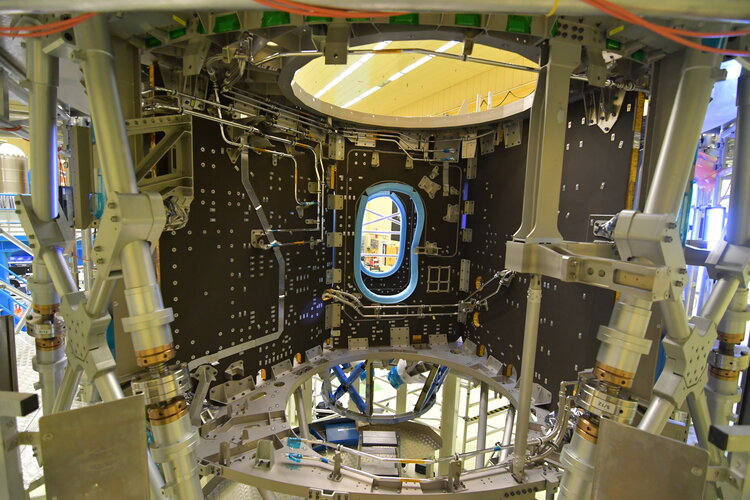 Image:
Spirit of Artemis V
Image:
Spirit of Artemis V Week in images: 06-10 February 2023
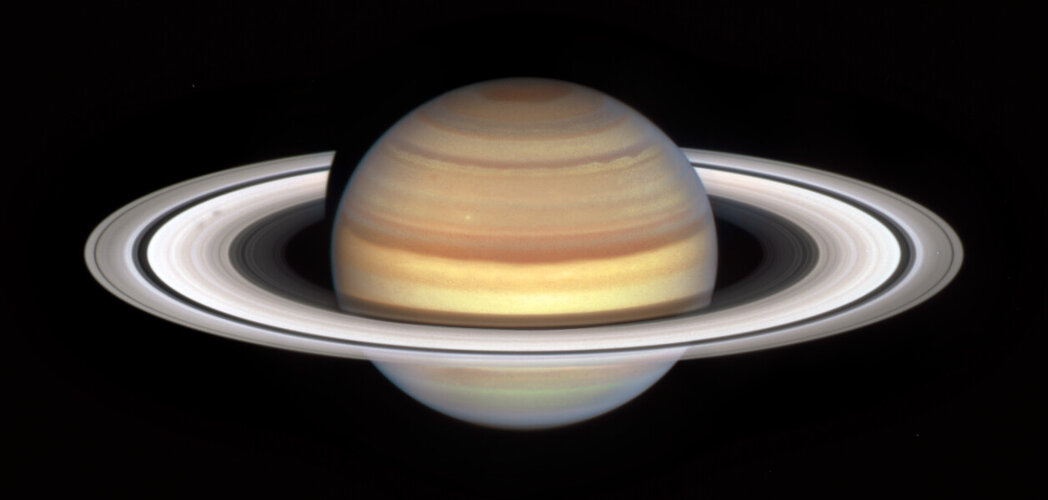
Week in images: 06-10 February 2023
Discover our week through the lens
Earth from Space: Swedish landscape
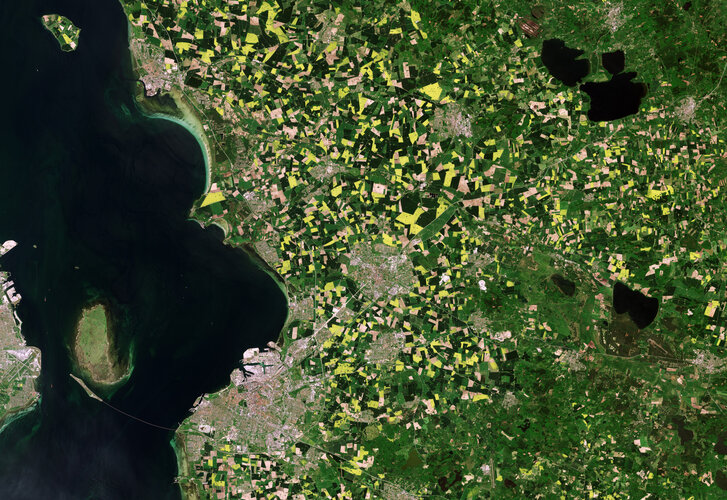 Image:
Agricultural fields that surround the cities of Lund and Malmö in Sweden are pictured in this image, captured by the Copernicus Sentinel-2 mission.
Image:
Agricultural fields that surround the cities of Lund and Malmö in Sweden are pictured in this image, captured by the Copernicus Sentinel-2 mission. Juice on final stretch for launch to Jupiter
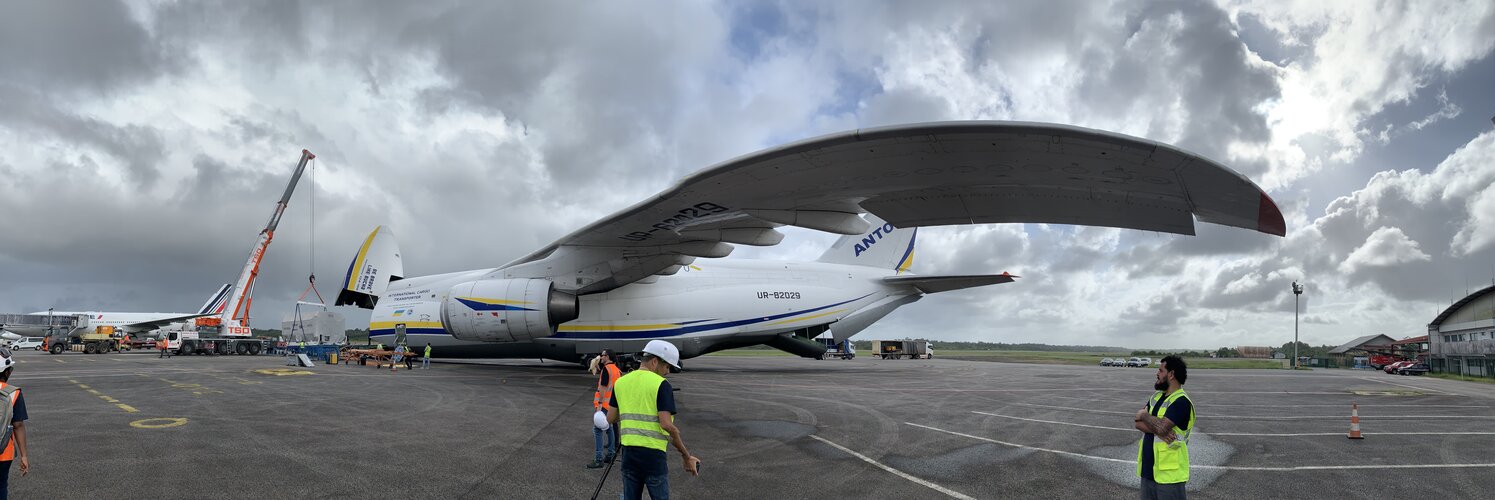
ESA’s mission to explore Jupiter and its largest moons has safely arrived at Europe’s Spaceport in French Guiana, where final preparations for its April launch are now underway.
The Jupiter Icy Moons Explorer – better known as Juice – arrived on 8 February at Félix Eboué airport in Cayenne by a special Antonov Airlines An-124 cargo flight from Toulouse, France, where prime contractor Airbus completed a nearly decade-long process of concept, design, testing and construction. Now, the spacecraft will undergo final testing and inspection by engineers from ESA and Airbus before it is fueled up and mounted on

